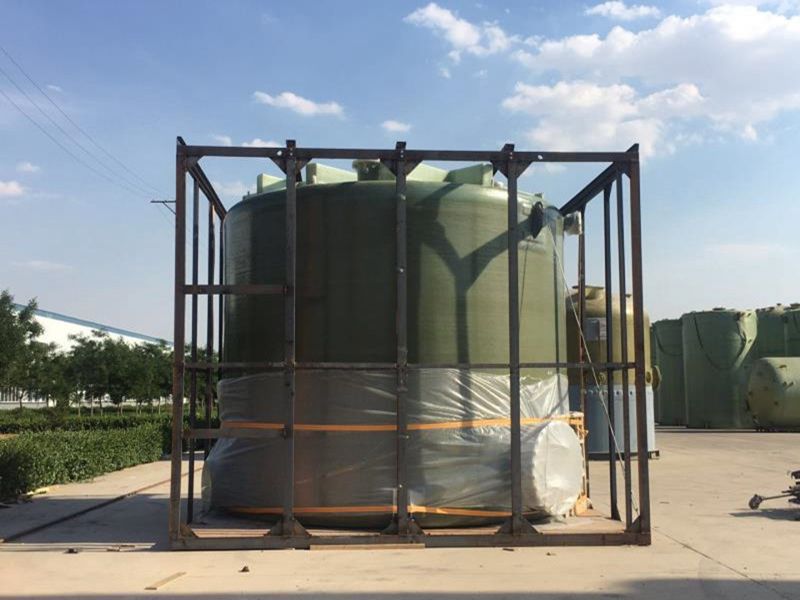
-
 Afrikaans
Afrikaans -
 Albanian
Albanian -
 Amharic
Amharic -
 Arabic
Arabic -
 Armenian
Armenian -
 Azerbaijani
Azerbaijani -
 Basque
Basque -
 Belarusian
Belarusian -
 Bengali
Bengali -
 Bosnian
Bosnian -
 Bulgarian
Bulgarian -
 Catalan
Catalan -
 Cebuano
Cebuano -
 China
China -
 China (Taiwan)
China (Taiwan) -
 Corsican
Corsican -
 Croatian
Croatian -
 Czech
Czech -
 Danish
Danish -
 Dutch
Dutch -
 English
English -
 Esperanto
Esperanto -
 Estonian
Estonian -
 Finnish
Finnish -
 French
French -
 Frisian
Frisian -
 Galician
Galician -
 Georgian
Georgian -
 German
German -
 Greek
Greek -
 Gujarati
Gujarati -
 Haitian Creole
Haitian Creole -
 hausa
hausa -
 hawaiian
hawaiian -
 Hebrew
Hebrew -
 Hindi
Hindi -
 Miao
Miao -
 Hungarian
Hungarian -
 Icelandic
Icelandic -
 igbo
igbo -
 Indonesian
Indonesian -
 irish
irish -
 Italian
Italian -
 Japanese
Japanese -
 Javanese
Javanese -
 Kannada
Kannada -
 kazakh
kazakh -
 Khmer
Khmer -
 Rwandese
Rwandese -
 Korean
Korean -
 Kurdish
Kurdish -
 Kyrgyz
Kyrgyz -
 Lao
Lao -
 Latin
Latin -
 Latvian
Latvian -
 Lithuanian
Lithuanian -
 Luxembourgish
Luxembourgish -
 Macedonian
Macedonian -
 Malgashi
Malgashi -
 Malay
Malay -
 Malayalam
Malayalam -
 Maltese
Maltese -
 Maori
Maori -
 Marathi
Marathi -
 Mongolian
Mongolian -
 Myanmar
Myanmar -
 Nepali
Nepali -
 Norwegian
Norwegian -
 Norwegian
Norwegian -
 Occitan
Occitan -
 Pashto
Pashto -
 Persian
Persian -
 Polish
Polish -
 Portuguese
Portuguese -
 Punjabi
Punjabi -
 Romanian
Romanian -
 Russian
Russian -
 Samoan
Samoan -
 Scottish Gaelic
Scottish Gaelic -
 Serbian
Serbian -
 Sesotho
Sesotho -
 Shona
Shona -
 Sindhi
Sindhi -
 Sinhala
Sinhala -
 Slovak
Slovak -
 Slovenian
Slovenian -
 Somali
Somali -
 Spanish
Spanish -
 Sundanese
Sundanese -
 Swahili
Swahili -
 Swedish
Swedish -
 Tagalog
Tagalog -
 Tajik
Tajik -
 Tamil
Tamil -
 Tatar
Tatar -
 Telugu
Telugu -
 Thai
Thai -
 Turkish
Turkish -
 Turkmen
Turkmen -
 Ukrainian
Ukrainian -
 Urdu
Urdu -
 Uighur
Uighur -
 Uzbek
Uzbek -
 Vietnamese
Vietnamese -
 Welsh
Welsh -
 Bantu
Bantu -
 Yiddish
Yiddish -
 Yoruba
Yoruba -
 Zulu
Zulu
frp pipe
The Advantages of FRP Pipes in Modern Industrial Applications
Fiberglass Reinforced Plastic (FRP) pipes have emerged as a game-changer in various industries, transforming how we approach fluid transport and infrastructure development. Known for their exceptional durability and resistance to corrosive environments, FRP pipes offer numerous advantages over traditional materials like metal and concrete. This article delves into the benefits of FRP pipes, their applications, and the future of this innovative material.
One of the primary advantages of FRP pipes is their remarkable strength-to-weight ratio. Composed of a combination of fiberglass and a plastic resin, these pipes are significantly lighter than metal alternatives, making installation easier and more cost-effective. Their lightweight nature reduces transportation costs and allows for quicker handling during installation, which can result in shorter project timelines. This characteristic is particularly beneficial in remote or challenging locations where heavy machinery may not be easily accessible.
.
Moreover, FRP pipes require minimal maintenance compared to metal and concrete pipes. In many cases, a simple inspection without the need for extensive upkeep is sufficient to ensure their continued performance. This low-maintenance requirement not only allows for significant cost savings over the lifecycle of the pipes but also reduces the environmental impact associated with frequent repairs and replacements.
frp pipe

The versatility of FRP pipes extends to their ability to be customized for specific applications. Manufacturers can modify the resin and fiberglass content to achieve desired mechanical properties, making them suitable for various operating conditions. This adaptability means that engineers can design systems tailored to unique project requirements, ensuring optimal performance.
Furthermore, FRP pipes exhibit excellent thermal insulation properties, which can enhance energy efficiency in piping systems. Unlike metal pipes that can lead to significant heat loss, FRP pipes maintain the temperature of the fluid being transported, minimizing energy consumption for heating or cooling. This efficiency is particularly advantageous in industries such as refrigeration and HVAC, where temperature control is crucial.
The environmental benefits of FRP pipes cannot be overlooked. As industries increasingly focus on sustainability, these pipes present an eco-friendly option. The manufacturing process of FRP involves less energy consumption compared to traditional materials, and their durability leads to a reduction in waste generated from replacements and repairs. Additionally, FRP pipes can be recycled at the end of their lifecycle, further contributing to a sustainable future.
In conclusion, FRP pipes represent a significant advancement in engineering materials, offering a wide array of benefits such as lightweight construction, corrosion resistance, low maintenance, customizability, thermal insulation, and environmental sustainability. As industries continue to evolve and seek efficient, cost-effective solutions, the adoption of FRP pipes is set to rise, making them a cornerstone of modern infrastructure development. The future looks promising for FRP technology, and its impact on the industrial landscape will undoubtedly be profound.









